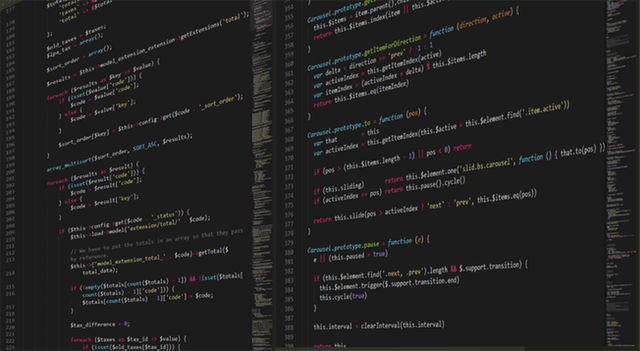There is a saying about data in general, and that’s “information is power”. At the same time, there are some data types that are basically priceless for specific groups of people. For example, regular people would treat their personal data that way, and companies are mostly the same, since recovering after a loss of trust is something that can’t be fixed with just money alone.
To understand what is personal data, it’s important to draw a clear line between the two definitions: data and information. The main difference between the two is the existence of a structure (or the lack of it). While data is often unprocessed, raw and unorganised, information is contextualised, meaningful and, most importantly, processed and categorised.
Speaking of categorisation, information can be categorised using almost any possible trait or similarity. It’s not uncommon for different information categories to have different protection measures applied to them. For example, sensitive data is often protected with a plethora of security measures, like encryption, access restriction, permission control, and so on, while public data has no need in most of those measures since it’s, well, public.
You can learn more about data and information, as well as different types and aspects of handling personal or sensitive information in Cipherpoint’s blog.
While we’re on the topic of organising and categorising data, there’s a definition that fits this entire process, and it’s called data classification. Data classification also handles assigning tags for easier search, deleting file duplicates for the sake of preserving storage space, and so on.
More from Tech
- 71% Of People Struggle To Stay Focused Due To Digital Overload
- How To Choose Between A Web App and A Native App
- We’ve Heard Of Smart Homes, But What Is A Smart City?
- Experts Share: What Will Medtech Startups Build Around AI Diagnostic Systems?
- UK vs US: Whose Tech Industry Is Performing Better In 2025?
- Experts Share: How Can Diagnostic AI Be Integrated Into Existing Medtech Systems?
- How Are CRMs Shaping The Future Of B2B Sales?
- Typedef Launches with $5.5 Million in Seed Funding
Surprisingly enough, there’s no standardised set of data classification that everyone uses, since data categories can differ a lot depending on the data’s specifics, field of work and other factors. However, there is one data classification example that is probably the most common out of them all. It splits data classification results in three different categories:
- Restricted data;
- Private data;
- Public data.
Getting back to data classification, there are several different types of performing this process, and they are capable of giving either the same results or something fundamentally different. Generally speaking, there’s three main approaches to data classification:
- Content-based. Focuses on inspecting file contents and assigning the category in accordance to the information within the file.
- Context-based. Uses a lot of contextual clues to assign classification level, including location, creator, format, and so on.
- User-defined. Completely manual, depends entirely on the user that performs the classification process and their qualification.
As for the actual process of data classification, it also may differ depending on the method, the field of work, etc. But there are three main recommendations or guidelines that help with figuring out your own way of performing a data classification:
- Discover your data and its location, and double-check all of the compliance rules that you’re bound to follow.
- Create a set of rules for your data classification process to avoid miscommunication and various errors – it’s called a classification policy.
- As soon as your policy is ready and you know where your data is stored – you’re free to begin classifying your data.
Data classification is a relatively broad topic that covers a lot of details and unique traits of this process. You can find out more about data classification, general process of classifying your data, various myths that surround this process, and more – in Cipherpoint’s blog.
A data classification policy is an integral part of any data classification process to begin with. It’s significantly easier to classify your data when your classification rules are set in stone and documented. As we mentioned before, there’s no set-in-stone template for data classification categories, but names like public, personal, sensitive and confidential are often used when it comes to naming different categories.
There’s a number of different advantages that a comprehensive data classification policy can offer, including data locations, protection requirements (how much data you need to protect), overall better understanding of your data, easier work with compliance requirements, and so on.
Of course, a competent data classification policy should meet several different requirements, including:
- Establish a specific role for a person that would be prioritizing data classification over anything else;
- Automatize the entire classification process with third-party tools;
- Perform a thorough assessment of your company to understand more about what laws and regulations you fall under, etc.
Data classification policy is more often than not a comprehensive document that requires a lot of preparation and work to make it exactly the way you want it to be. To learn more about data classification policies and different details about the process, you can check Cipherpoint’s blog.



